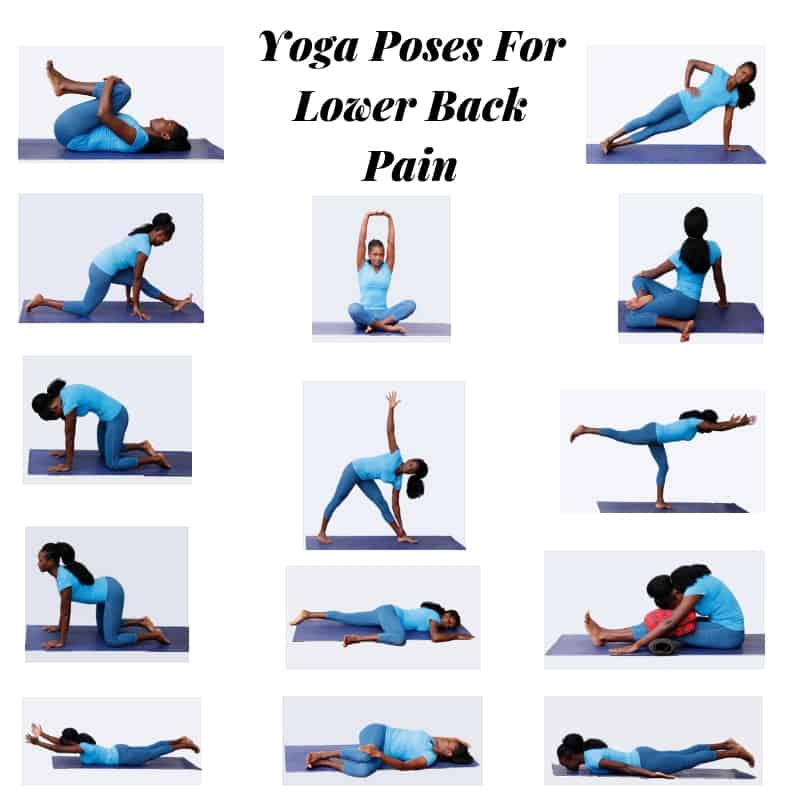

You can alternatively hold your legs at your thighs, depending on your comfort and your hip mobility. Support your legs using your arms, and allow your knees to drop open. Reach your arms through your legs to grab your lower shins. Lie on your back and bring your knees up to your chest. It is a great position for relaxation and lengthening of the pelvic floor. Happy Baby Pose is a key movement for anyone with pelvic pain. Start your sequence with 2-5 minutes of this breathing, and toss in some focused relaxation of each part of your body while you’re doing it! Then exhale, allowing your muscles to return to baseline. You can do this in sitting or lying down, preferably in Constructive Rest Position (lying on your back with your knees bent and the soles of your feet on the floor).Īs you inhale, aim to lengthen and relax your pelvic floor muscles. The chest should lift, but so should the ribcage and the abdomen. For diaphragmatic breathing, you want your breath to move into your belly, expand your ribcage in all directions, then lift your chest.Ī misconception of diaphragmatic breathing is that the chest should not move at all.

The breath is so powerful and synced with the pelvic floor. If I could give any person with pelvic floor problems a single exercise to do, it would be this.
#Yoga sequence for back pain how to#
You need to consult with your interdisciplinary team (your physician, physical therapist, etc.) to determine the best approach for your health! How to Relieve Pelvic Pain with Yoga Remember that anything on this blog is not in any way a replacement for in-person care.


They can evaluate you comprehensively and help you develop a specific movement plan that is therapeutic for you. So why am I telling you this? Because, if you start doing these movements and your symptoms worsen, or it doesn’t feel therapeutic to you, you need to stop doing the practice and see a pelvic floor therapist. Instead, we should move at a threshold where the body does not guard or protect by creating pain. This is because we want to create positive movement neurotags for the brain.īasically, we don’t want our brains to think that movement is harmful or dangerous, because as we all know, it should not be bad or dangerous! If we do movements that increase our discomfort and make us feel worse, the brain can build a connection between moving that way and bad/pain feelings. Others may find that doing it actually increases their pain (clearly, not our goal).įor rehabilitation for a person with pelvic pain, it is very important that exercises, movements, and activities are done at a threshold that does not increase or aggravate pain or discomfort. So while this sequence can feel lovely for many people with pelvic pain, some may not be quite ready for it. First, each person with pelvic pain is a unique entity. How to Get the Best Results from Your Yoga Practiceīefore we get started, you should know a few things about pelvic pain. Because of the prevalence of pelvic pain, I’ve developed a movement sequence specifically geared toward relieving pelvic pain. While the number is generally lower in men, some studies estimate that around 1 in 10 men experiences chronic pelvic pain, often termed chronic prostatitis. In fact, the International Pelvic Pain Society estimates that over 25 million women suffer from chronic pelvic pain.


 0 kommentar(er)
0 kommentar(er)
